At this moment we are still extremely busy imagining that the lockdown will end, the restrictions on weddings and gatherings will ease and our appetite for beauty and celebration will return. It would be tough to predict the new landscape of the wedding fashion but all we can assure for now is that the new wedding wear would be more classic but, hey, remember your nuptials are just yours. They can be as unique as you want to make them, and this season is no different. What is different is however the new set of trends couples may want to incorporate into their special day, being more conscious about the footprint they leave with their wedding, feeding a fresh trend in the bridal industry: “the minimony” .i.e., with the gathering of not more than fifty guests, the weddings and ceremonies have taken a back seat for now with sustainability as the driver.
From pearl and crystal-embellished beauties that ooze elegance and romantic vibes to all-traditional effortless looks, we have seen almost all of the varied styles but weddings this season would no longer be about glitz and bling, the brides want to wear clothes which are breathable, light-weight and sophisticated, that’s why they are opting for fabrics such as mul, muga, summer silk, tussar or even regenerated fabrics for the easy-breezy vibe, welcoming the return of the handicrafts with the silhouettes that can adapt ever-changing versatile trends. Rewinding or inheriting the sarees from our mothers and grandmothers and recycling them to create trousseau pieces is one of the aspects of sustainability, keeping the traditions on-going and the weaves alive for generations holding onto the emotional regards. The intimate weddings would surely allow us to take things up with simplicity in a contemporary style, not going bold with either outfit, makeup, or jewellery. The ethnic yet ravishing look can be achieved if we go simple and moderate paired with classic jewellery and OTT make-up.
We usually love seeing the new trends that determine the photos of the weddings, even when we are not engaged we take pleasure in pouring over the arrangements. For quite some time now, weddings have been following the design sensibility that makes them well-photographed, now fashion too has to be ready for the makeover especially as the weddings are going micro. The couples are not just keeping up with the styles and colours but are fulfilling their responsibilities towards nature too with the environment on the top of their minds, concentrating on every detail, not just bridal sets but from food to decoration, focusing on the things that matter and celebrating it in a meaningful, personal way.
Tag: sustainablelifestyle
May

May

Emerging from a world of trending
hashtags, these 5 unconventional stylists are redefining the way we’re looking
at fashion, especially in a post-pandemic era.
Beyond the glamour and elegance of celebrity-styling, their perspective focuses on the changing curve of the industry, towards authenticity and the raw essence of fabric.

Ekta Rajani, a freelance creative consultant is revisiting the memory lane to glean eco-conscious lifestyle tips and tricks, while staying true to character and opening a canvas for sustainable fabrics to paint a story within the fashion frame. Inspiring mindfulness in everyday life, she inspires a creative outlook towards going 100% sustainable.
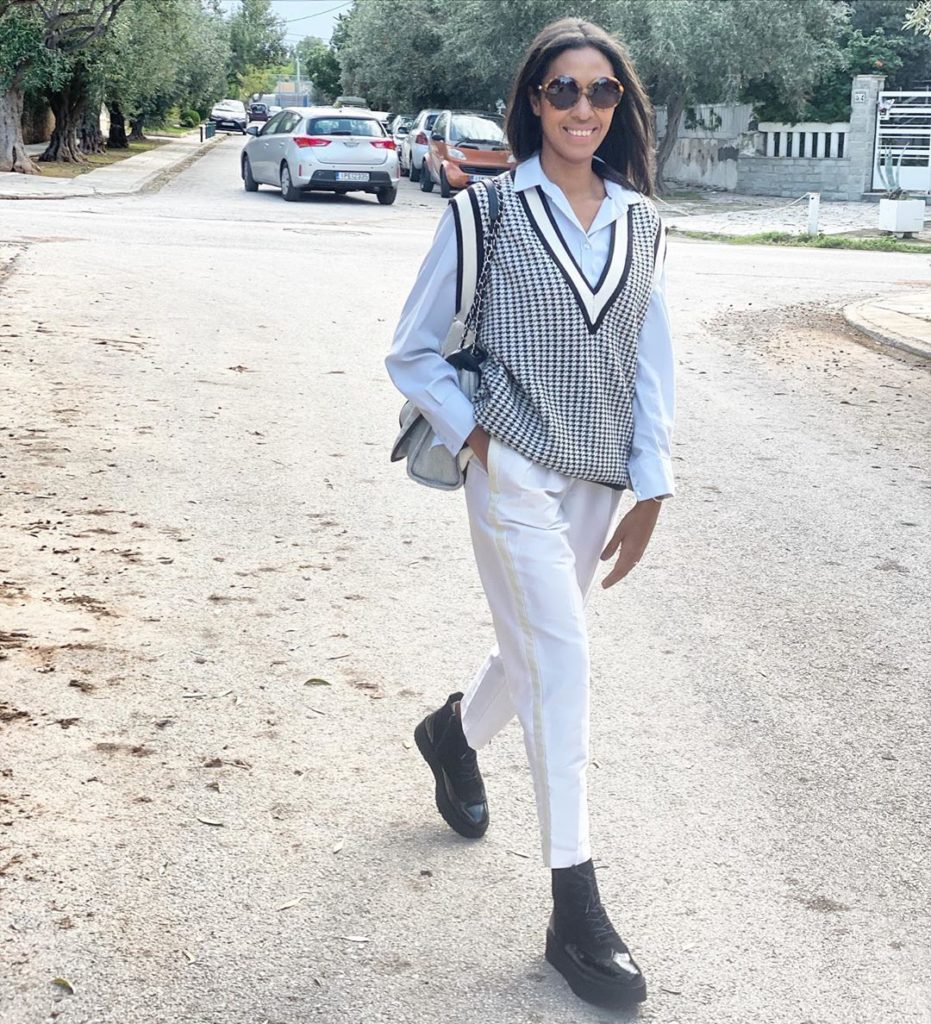
Anushka Sharma looks comfortable in her skin thanks to the precise balance that Allia Ul Rafai puts into styling. Choosing the right fabric and molding the look to reflect the self is an art that she has practiced for long, bringing character into each outfit with an innate sense of confidence. Style is not imitation, but rather a reflection of who we are inside.

Similarly, the flow of a garment dictates the way a look comes across on camera. Who can understand this better than Devki, styling Taapsee Pannu with an insight into the chic-urban scene while being aware of the energy that she portrays. The crisp minimalism complements the bubbly flair nature in each look. This insight develops into each outfit looking tailored to fit not just her form but also her mood.
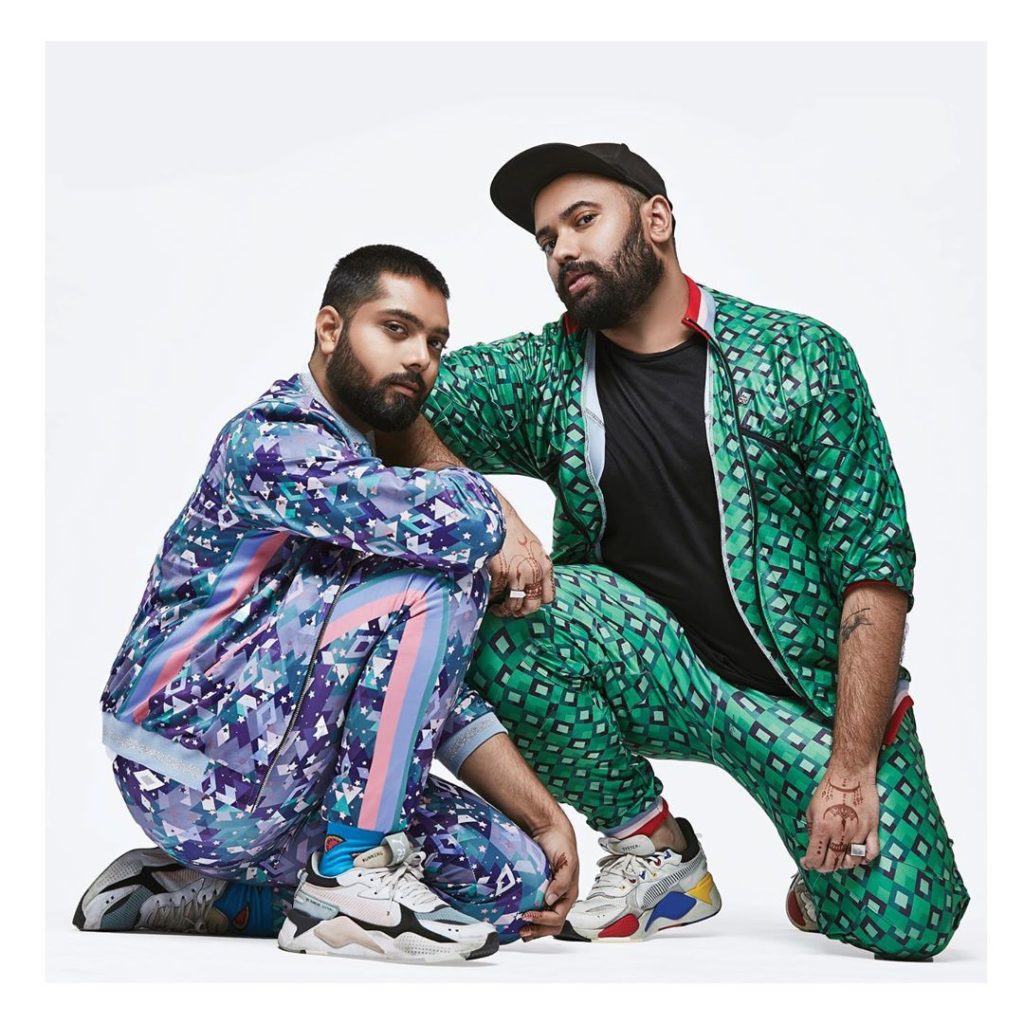
This vibe harkens to return to Indian roots with ‘Who Wore What When’ by Pranay Jaitly and Shounak Amonkar. An Indo-modern touch to each silhouette makes their styling unique in its taste and framing. Tradition flows easily within the threads looping an urban silhouette while the continual feminity is punctuated by effortless undertones of liberty.
This understanding stems from conscious sensibilities that call to the unveiling of a façade in which the industry has been wrapped, instead, manifesting a raw aesthetic that reveals the truth behind the look rather than carpeting it. As we step into a sustainable era, these stylists remind us that it’s equally important to be true to our roots and to enhance the sense of self for a more authentic world to thrive on-screen.
May

As we collectively move towards another two weeks in lockdown, the earth has pressed a pause button on most of our personal and professional lives. The Fashion Industry as we know it no longer exists. As global financial markets tumble, non-essential markets shut their doors and consumers lock themselves indoors under government directives, the humankind has come to a standstill. As an industry, we witnessed shocks to supply chains and sales. Stocks are down and retail markets struggle to keep their employees on the payroll. We now have an industry in front of us that needs to be built from the ground up. It’s time to redesign and reimagine our business models as producers and revaluate our decisions as consumers. Since we have to start over again, we can do it right this time.
The fashion industry is particularly problematic due to its swivel-eyed pace of change that it not only undergoes but also promotes. It encourages consumers to buy into styles to stay on-trend. As a result, we as fashion consumers contribute to 4% of the world’s waste each year. As an industry, we contribute to 10% of the global carbon emissions and 20% of wastewater. Fashion sucks up more energy than both aviation and shipping combined.
The question that now arises, is that how do we as consumers start over? How do we get it right? How do we make use of all this time we have to rethink our decisions? Shopping resale is both sustainable and better for the environment. Thrift shopping helps the planet and your cool factor. The saying “one man’s trash is another man’s treasure” is now truer than ever.
COVID-19 can live on and thus be passed through used and pre-owned items. It is this stigma that can affect the future of the resale industry. This puts us all in a pickle, but is it warranted? It is preferable to shop resale if not advised with the right precautions being taken. It’s time for both sellers and consumers to be more proactive about cleaning and disinfecting items. Wash garments in the hottest water recommended for the fabric, wipe your shoes and bags with alcohol wipes as soon as you purchase them. It is important to take all the necessary precautions.
In light of the events, it’s wiser to shop from hobbyist sellers like Etsy, Instagram pages, and online resellers as it not only provides them with an income but is safer for you as compared to big box stores that have a large number of touchpoints.
In this new post -COVID-19 world the factors that need to be considered before making your new purchase have changed. It’s not about “Can I buy this from a Thrift store?” anymore. It is more about considering questions like “What do I need?”, “Can I make this on my own?”, “How much use will I get out of this?”, “Do I have a substitute?”, “Can this be borrowed?”, and so on. Numerous questions based on lifestyle choices need to be considered if we wish to start over right.
Jan
Ploti is a community of creative minds pouring their souls into establishing a niche in lifestyle and fashion. Exuding soothing, clean energy, we try to blend simple humanity into an adaptable brand impression.
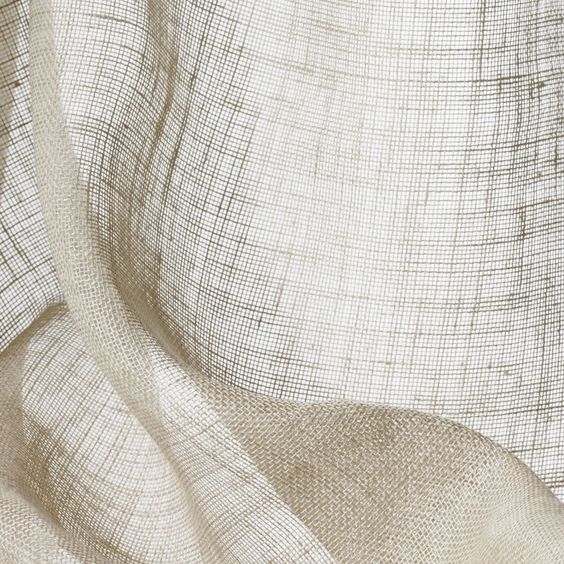
Shwaas Ploti as a concept took birth through our belief in keeping this humanity behind any process alive and thriving. Keeping the trend to a minimum, and maintaining a sustainably rooted attitude, we, beyond a brand wish to form a community that believes in staying true to grounded principles.
Through this project, we endeavor to guide the labels that are mind crafting the inherent Indian lifestyle, holding their hand and together, bringing forth the unique qualities their designs hold.

When Rutuja Kamble, founder of Ploti, first began thinking of creating this medium for promoting sustainable fashion labels, she held a firm line of principle: organic interaction. We cannot hope to build a community surrounding nature and be concerned with investing in longer lives by not being true to ourselves. She decided to start a new project that would exercise the same philosophy.

There is a delicate balance between humans and nature. The key element in giving voice to today’s sustainable fashion struggle is the strategic research that goes behind understanding textiles, dying processes, and zero waste collections. The labels that staunchly practice this are shaping a mindset towards slow fashion.
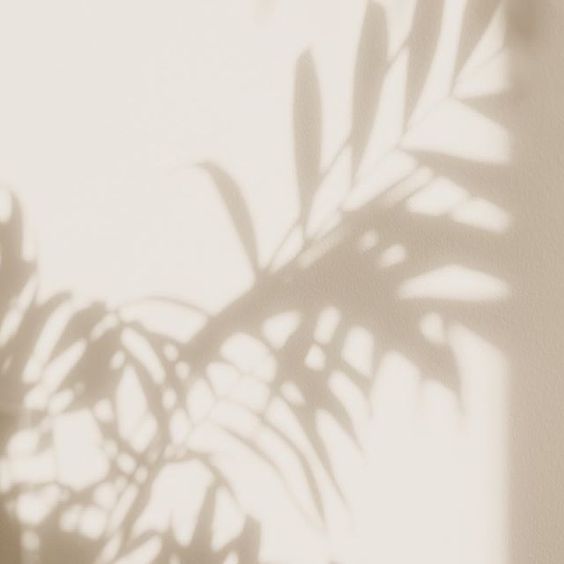
Inculcating a sensibility in our business model, we hope to be the teaspoon of sugar in a cup of brewed tea, for our essence is to add to the existing niche of a person and help them grow as they help us with their painstakingly developed qualities. With an unwavering stand on organic growth, we want to share an interactive empathy with both, our employees and our clients.

Dedicating ourselves solely to sustainable brands, we want to make their design ideology an open experience for the layman through creative direction.
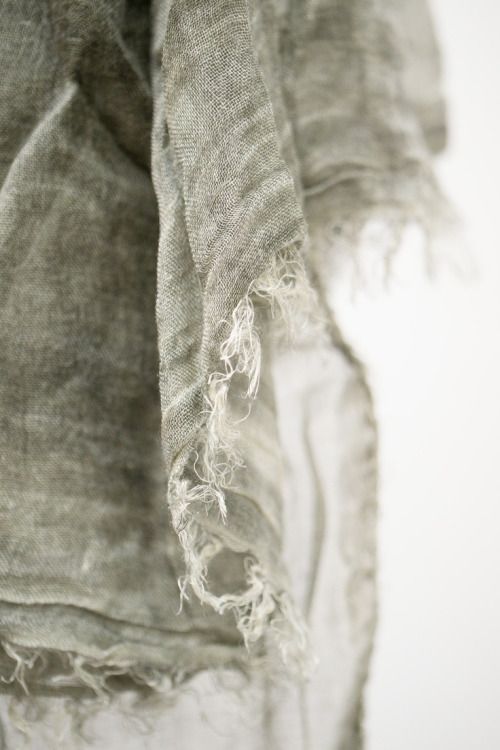
Deriving from the spark of connection behind any design concept, we strategically extract the thought behind anything. It’s raw and untouched nature works like sandpaper for our abrasive imagination to expand on our client’s philosophy.

Through connecting the Shwaas community, we endeavor to shed light on the honeycomb of layers in the creation, fabrication, and presentation of new-age responsible fashion.